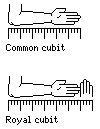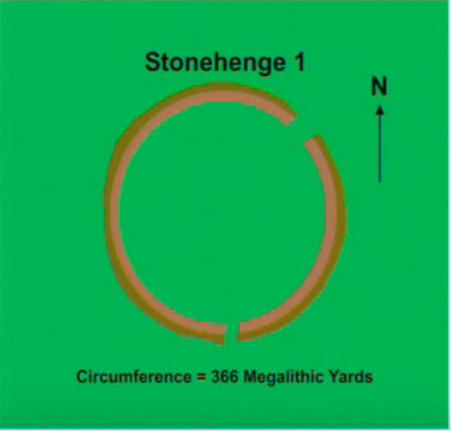Was playing around with the calculator, still exploring exactly what that kink in the alignment of the three pyramids is.
The great pyramid has a designed height of 280 cubits.
The second pyramid has a designed height of 274 cubits.
That’s a difference of 6 cubits. Which is not very interesting until we turn that difference into metres (and you may guess where this is going …)
6 cubits = 6 x π/6 metres = π metres = 3.1415926+ metres ….
Am still pondering difference in height to the third pyramid …. nothing jumping out like π at the moment….



